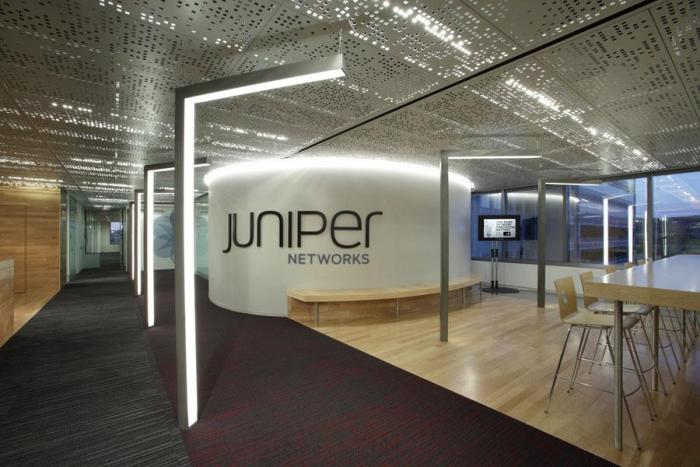 Stronger Routing and Switching sales drove Juniper Networks’ top-line growth in Q3 2016, while its Security business continued to decline, says Patrick Filkins, analyst at TBR.
Stronger Routing and Switching sales drove Juniper Networks’ top-line growth in Q3 2016, while its Security business continued to decline, says Patrick Filkins, analyst at TBR.
Rami Rahim, chief executive officer at Juniper Networks, said: “One of the most important trends happening around us is the shift to the cloud, which is shaping our strategy and plays to Juniper’s core competencies in building high-performance networks.”
Juniper’s customer diversification strategy improved top-line results as the vendor grew revenue 2.9 percent year-to-year in Q3 2016, spurred by higher demand for its Routing and Switching products, particularly among cloud providers. A more diverse service provider customer base, which includes sales to cable and cloud providers, enabled Juniper to capture growth, even as lower spending from Juniper’s telecom customer base persisted. The gains were partially offset by continued year-to-year declines in Juniper’s Security business, and lower sales to Enterprise customers.
Juniper’s product revenue continues to fluctuate quarter-to-quarter, as large one-time projects with service providers deliver uneven results. In Services, the company continued to grow revenue double-digits year-to-year, as Juniper accrued multi-year maintenance contracts, which deliver recurring revenue over the life of the contract. Juniper is also investing in professional services tied to its SDN portfolio, with an emphasis on C&SI, but revenue is low at this point.
Acquiring Aurrion will enable Juniper to integrate silicon photonics into its cloud networking portfolio
Even as Juniper gradually shifts its business model to open-source, software-centric networking solutions, the company is investing in advanced hardware. In August Juniper announced its acquisition of Aurrion for $74 million, a silicon photonics manufacturer, for an undisclosed sum. Silicon photonics employs optical fiber built directly into semiconductor chips enabling data to travel on light, rather than through electrical conductors.
While silicon photonics is not a new technology, high manufacturing costs have depressed adoption. Aurrion’s process optimizes production, which will enable Juniper to produce newer chipsets at lower cost Additionally, Aurrion’s solution promises to dramatically improve network throughput while reducing opex post-implementation. The acquisition will enable Juniper to offer innovative solutions at lower costs and cater to customers building distributed cloud data centers.
ICT convergence will continue to threaten Juniper as a pure-play networking vendor
Juniper is steadfastly committed to its market position as a pure-play networking vendor. While Juniper has carved out a premium position in the IP networking market, its customers, particularly large service providers, are building distributed cloud networks which emphasize ICT convergence. This evolution has opened the door for large IT companies, often with stronger services portfolios, to encroach on Juniper’s customer base by leveraging IT skillsets and approaching engagements from the data center.
Additionally, the gradual adoption of NFV/SDN will threaten Juniper’s position among its install base. Many of Juniper’s customers are operating hybrid networking environments. One environment is built on legacy proprietary infrastructure, an area in which Juniper excelled, while the other, newer environment includes non-proprietary hardware paired with open-source software. While NFV/SDN has to yet to significantly impact Juniper’s top-line, service provider Capex will continue to trend towards solutions which pivot from proprietary network hardware to white-box infrastructure.





